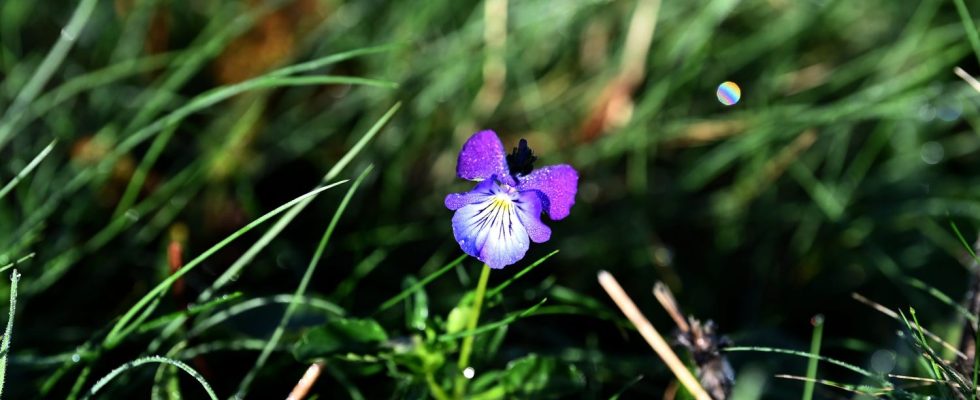Within 30 years, wildflowers began to adapt to the decline of pollinators. They are reproducing more on their own, but that’s not good news.
Published
Reading time: 2 mins

If we compare a pansy flower, which grew in the fields in the Paris region in the 1990s, to this same variety of flower which grows today in the same place, the differences are astonishing. Physically already, contemporary flowers are 10% smaller. Furthermore, by analyzing the chromosomes of these plants, researchers from the CNRS in Montpellier also realized that for 30 years these plants had an increasing tendency to reproduce on their own. [article en anglais].
These researchers calculated that there was 27% more self-fertilization among these plants over the past 30 years. Finally, they also produce 20% less nectar. The flowers thus seem to free themselves from pollinators, and as it is no longer as necessary to attract them, the production of nectar, which has an energetic cost for the plant, is reduced.
A worrying adaptation
To achieve this result, the team from the Montpellier functional and evolutionary ecology center cultivated seeds, collected in 1990 and 2000, and stored in refrigerators in the meantime. They grew them in the same conditions as contemporary flowers originating from the same geographical area and were thus able to compare the evolution of these plants over 30 years. A period during which other studies show a collapse in insect populations, particularly pollinators. According to a German study which is a reference in the field, three quarters of the biomass of flying insects has disappeared. [article en anglais] protected areas over the past 30 years, victims of intensive agriculture, pollution and climate change.
The researchers themselves were surprised by the speed of evolution, which is a vicious circle, because by producing less nectar, these plants also become less nourishing for pollinators, which could further worsen their decline. Furthermore, another concern, with more self-fertilization, genetic mixing also decreases among these wild flowers, which could reduce their resistance and their possibility of adapting to environmental changes and global warming. And at this stage, we do not know whether these developments are reversible or not.
